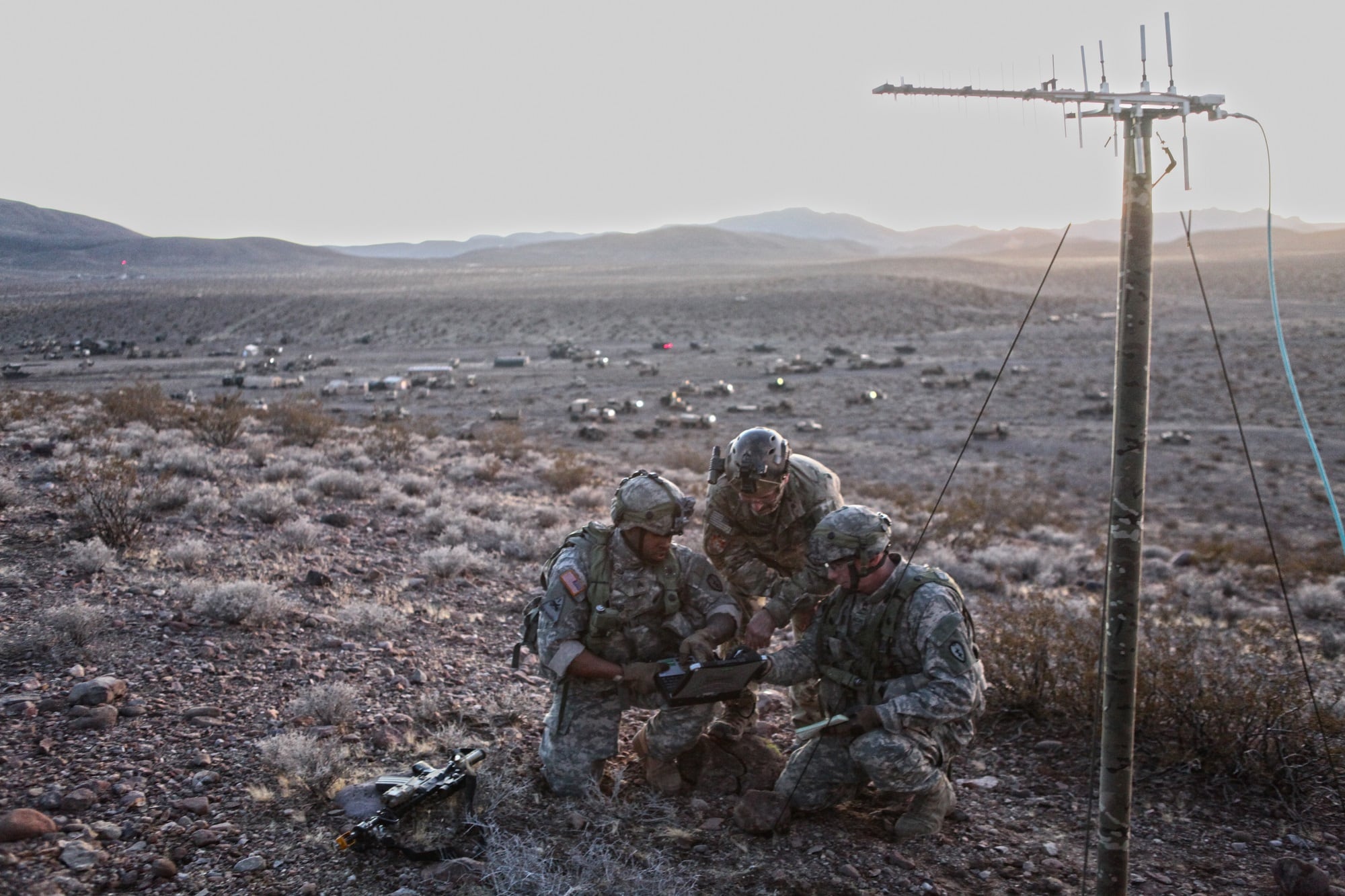In an example of how industry can mirror the military and vice versa, Lockheed Martin has created a new internal business it’s calling spectrum convergence.
Each of the military services, in one way or another, are discussing the need for integrated capabilities that can provide cyber consequences, electronic warfare effects and signals intelligence as the lines between the three disciplines blur. Many of these capabilities, while similar, had been organized under separate offices. Now, those barriers are falling.
“This was a recognition that we needed to make a significant shift in the organization structure to be able to be that much more responsive” to customers, Deon Viergutz, vice president of spectrum convergence at Lockheed, told C4ISRNET during an interview at West 2019.
Viergutz said the reorganization became official at the end of 2018. Lockheed Martin is the largest defense contractor in the United States.
Lockheed Martin leaders had been hearing about this convergence from the services.
Programs that span multiple domains fall squarely within his portfolio, Viergutz said.. This extends to the intelligence realm to include programs such as the Distributed Common Ground System.
“As we think about some of the DCGS systems as an example across the services, how do we shrink that [observe, orient, decide and act] loop, that decision loop … how do we fuse that intelligence coming together,” he said. “I don’t think it can be looked at independently any longer. You have to look at it much more integrated so that it can’t be an afterthought.”
Mark Pomerleau is a reporter for C4ISRNET, covering information warfare and cyberspace.








